In a world that often emphasizes certain beauty standards, it's crucial to remember that beauty comes in all shapes and sizes. One such example is the journey of individuals with I-cup breasts. With their naturally voluminous curves, I-cup breasts can sometimes present unique challenges and experiences.
In this blog post, we embark on a journey to explore the beauty, challenges, and empowerment that come with embracing and understanding I-cup breasts. Join us as we delve into this topic with sensitivity, respect, and the intention to celebrate and uplift those who proudly carry their I-cup curves.

What is i cup?
The term 'I cup' refers to a specific cup size in bra measurements. Cup sizes are used to indicate the volume of a person's breasts in relation to their band size. The cup size is represented by letters of the alphabet, with larger letters corresponding to larger breast volumes.
The 'I cup' is considered to be a relatively large cup size, indicating that the individual has a significant amount of breast tissue. It's important to note that bra sizes can vary between different countries and manufacturers, and the cup size is always relative to the band size.
So, an 'I cup' in one brand may have a slightly different volume compared to another brand. Bra sizes are typically measured as a combination of the band size (the circumference around the torso) and the cup size (the volume of the breasts).

How to measure i cup?
The process of measuring for an 'I cup' or any other cup size is the same regardless of the specific cup size. To measure for the correct cup size, you'll need a measuring tape and follow these steps:
Start by wearing an unpadded bra or no bra at all. This will provide a more accurate measurement of your natural breast size.
● Measure your band size
Take the measuring tape and wrap it snugly around your ribcage, just below your breasts. Ensure that the tape is parallel to the ground and not too tight or too loose. Note down the measurement in inches or centimeters. This measurement represents your band size.

● Measure your bust size
Wrap the measuring tape around the fullest part of your breasts, typically across the nipple line. Make sure the tape is straight and not too tight or too loose. Take note of this measurement in inches or centimeters.
● Calculate the difference
Subtract your band size measurement from your bust size measurement. The difference between the two measurements will determine your cup size.
● Consult a bra size chart
Different bra size charts may have slight variations, but generally, each inch or centimeter of difference corresponds to a specific cup size. For example, a 1-inch difference may correspond to an A cup, a 2-inch difference to a B cup, and so on. Continue following the chart until you reach the desired 'I cup' or the closest cup size available in the particular brand or sizing system.
It's important to note that professional bra fittings or consulting with a lingerie expert can provide additional guidance and ensure the most accurate measurements for a comfortable and well-fitting bra.

Is i cup too big?
The perception of whether an 'I cup' is considered 'too big' is subjective and can vary from person to person. Cup sizes are relative to the band size, so an 'I cup' may appear differently on different body types and sizes. What may be considered large or small is influenced by individual preferences, cultural norms, and personal comfort.
It's essential to remember that there is no standard or absolute definition of what is considered 'too big' or 'too small' when it comes to cup sizes. Every person's body is unique, and breast sizes can range widely, all of which are normal and beautiful.

When it comes to finding the right bra and cup size, comfort and support are key factors. It's important to wear a bra that fits well and provides the necessary support for your breasts, regardless of their size. Properly fitted bras can enhance comfort, alleviate discomfort, and provide a flattering shape.
Ultimately, the perception of cup size is a personal preference, and what matters most is how comfortable and confident you feel in your own body. Embracing and celebrating your natural shape and size is the key to body positivity and self-acceptance.

How can you choose i cup bras?
Choosing an 'I cup' bra involves finding a bra that offers proper support, comfort, and a flattering fit for your specific size and shape. Here are some tips to help you choose an 'I cup' bra:
Get a professional bra fitting
It is highly recommended to visit a lingerie store or consult with a bra fitting specialist. They can accurately measure your size and guide you in finding the right bra for your 'I cup' size. A professional fitting ensures that you have the correct band size and cup volume, which is crucial for a comfortable and supportive fit.

Look for brands that specialize in larger cup sizes
Certain lingerie brands specialize in providing a wide range of cup sizes, including 'I cup' and beyond. These brands often have expertise in designing bras that offer optimal support, shaping, and comfort for larger cup sizes. Research and explore reputable brands known for their inclusive size ranges.
Consider the bra style
There are various bra styles available, including full-coverage bras, balconette bras, plunge bras, and more. Experiment with different styles to find the one that suits your preferences and provides the desired level of support and coverage. Some styles may be more suitable for larger cup sizes, offering additional support and minimizing any discomfort.

Look for features that offer support
When selecting an 'I cup' bra, pay attention to features that provide extra support. These can include wider and adjustable straps, reinforced side panels, a firm underband, and multiple hooks and eyes for a secure fit. These features help distribute the weight of the breasts evenly, providing support and reducing strain on the shoulders and back.
Consider fabric and construction
Look for bras made from high-quality materials with good elasticity and durability. Consider the construction of the bra, including the cup seams and underwire placement. Smooth and seamless cups can minimize visibility under clothing and provide a more flattering shape.
Be patient, try on different styles and brands, and pay attention to how the bra fits, feels, and supports your breasts. The most important factor is finding a bra that offers comfort, support, and makes you feel confident and comfortable in your 'I cup' size.

In conclusion
The journey of individuals with I-cup breasts is a testament to the diverse beauty that exists in our world. It is a journey of self-acceptance, empowerment, and breaking free from societal norms and expectations.
Through embracing their curves, those with I-cup breasts can find confidence, strength, and a sense of identity that goes beyond physical appearance. Let us celebrate and appreciate the beauty in all its forms, recognizing that I-cup breasts are a natural variation that deserves respect, support, and inclusivity.
By embracing our curves and promoting body positivity, we can create a world where every individual feels comfortable, confident, and loved in their own skin, regardless of their breast size. Remember, it is not the size that matters, but the love and acceptance we have for ourselves and others.


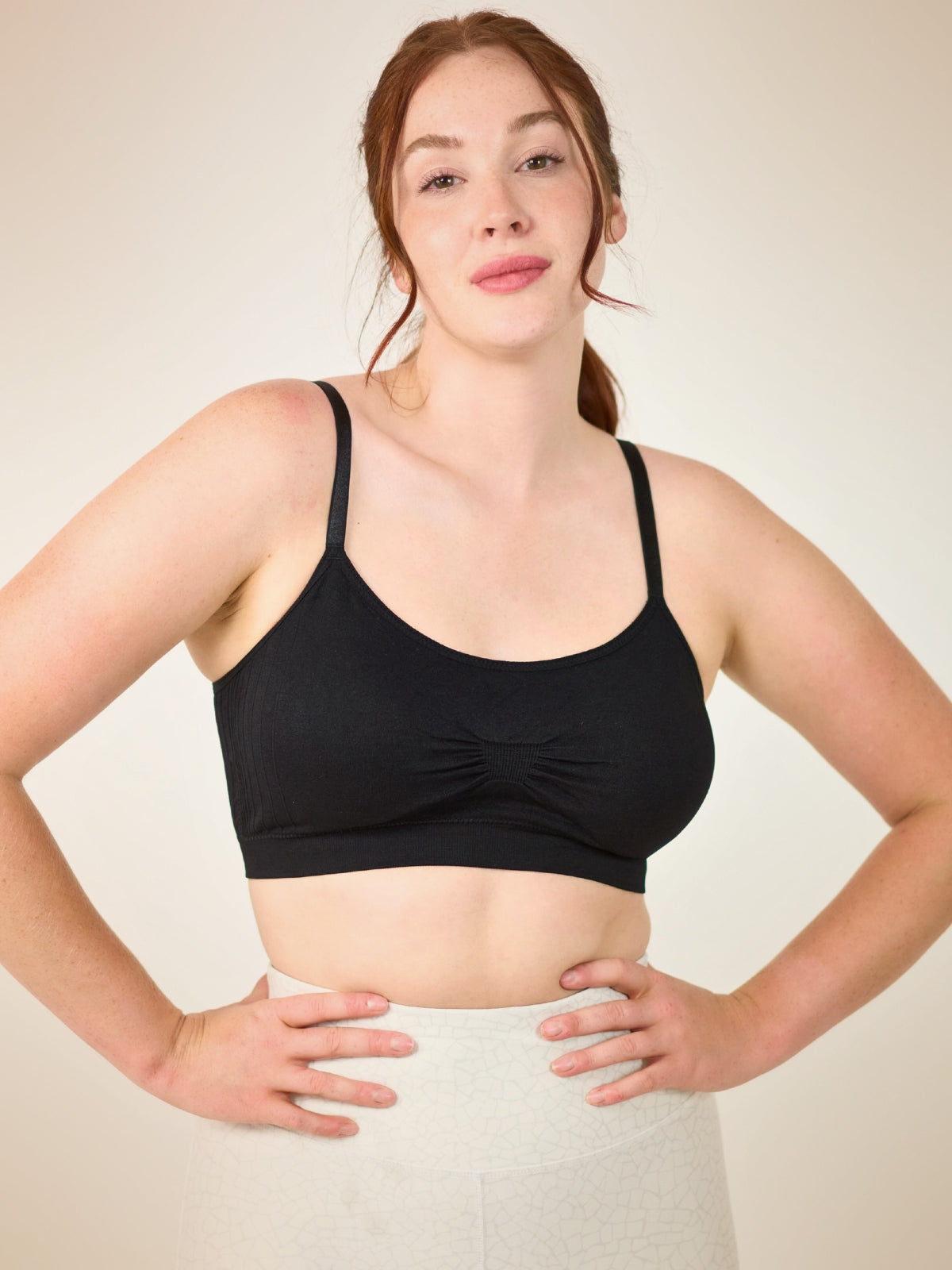
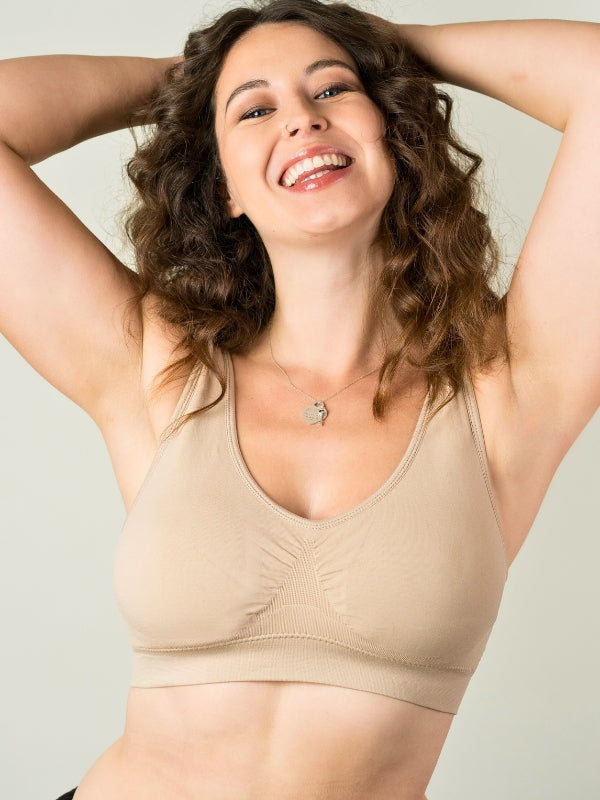
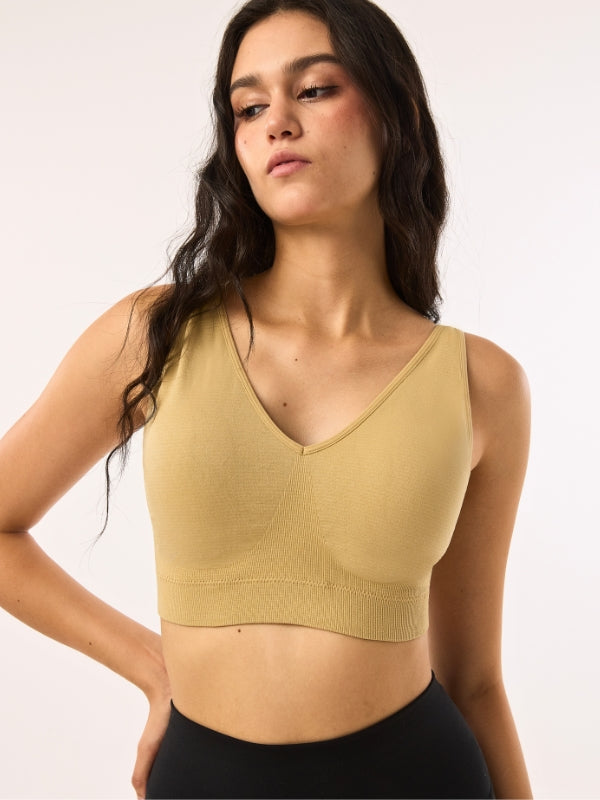
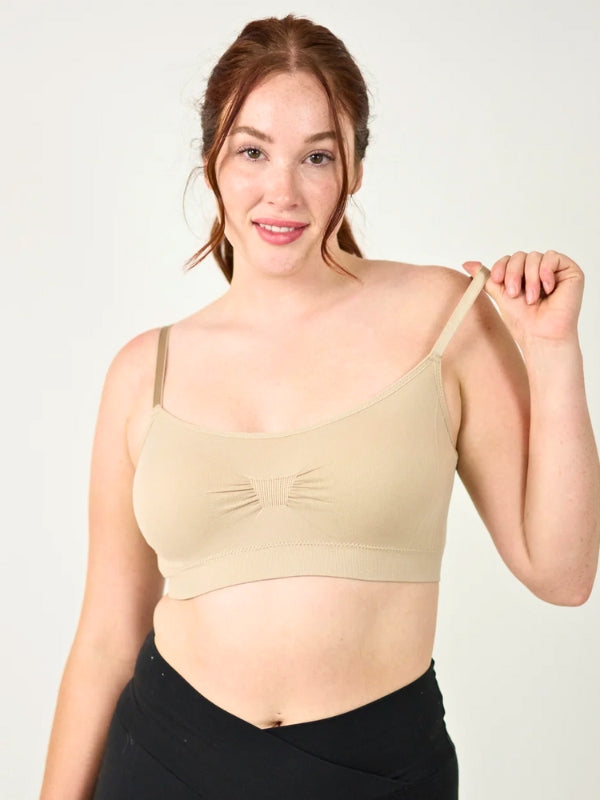
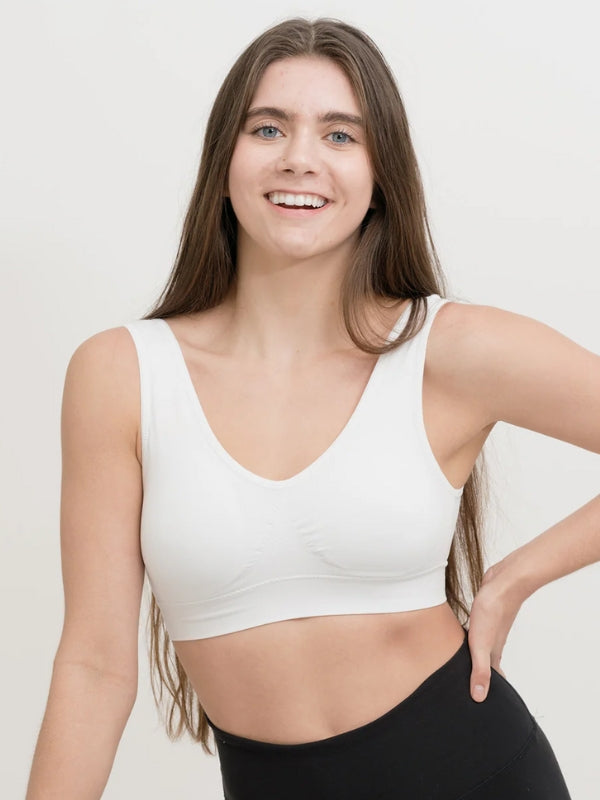
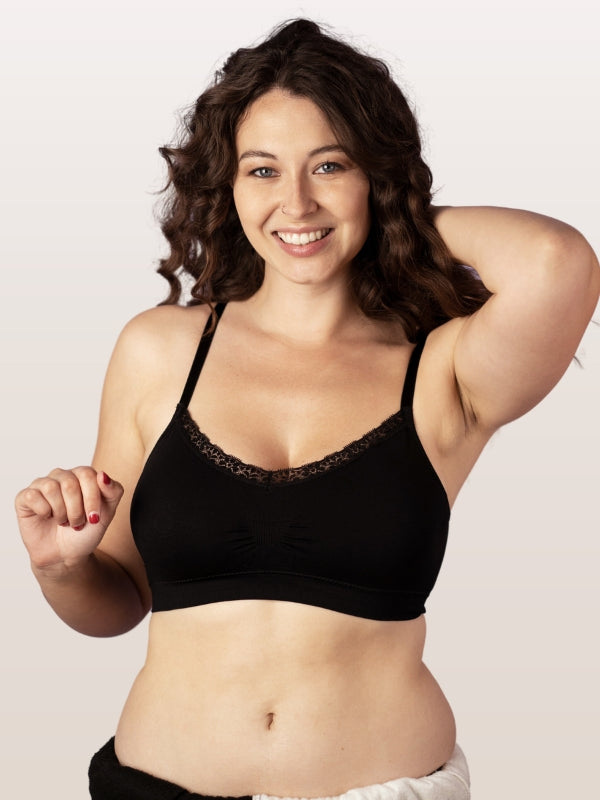
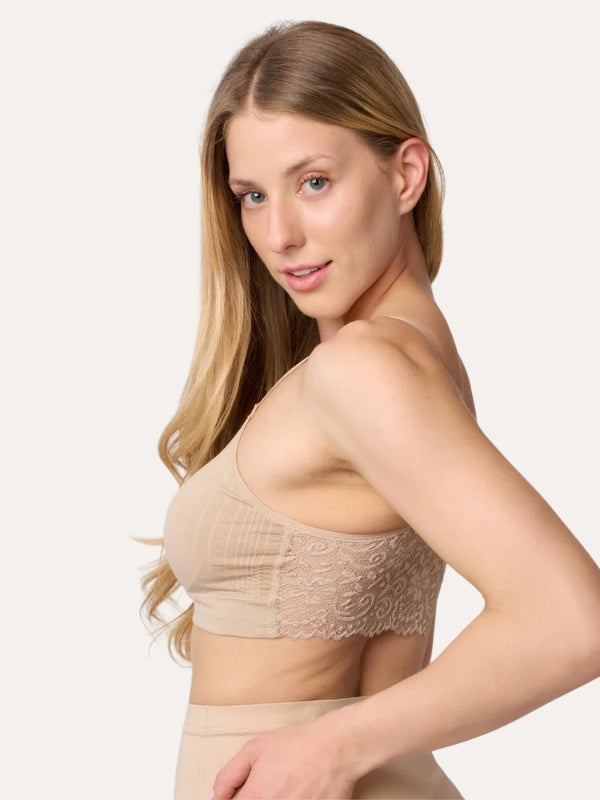
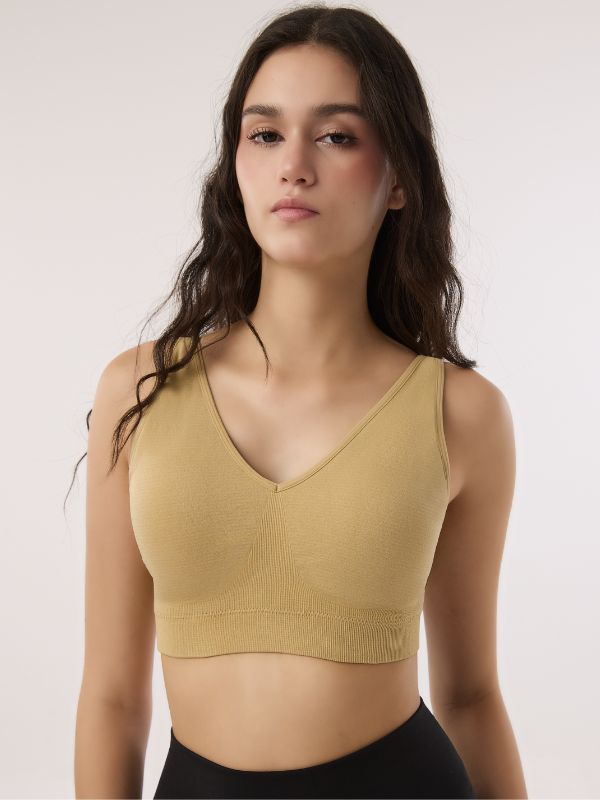
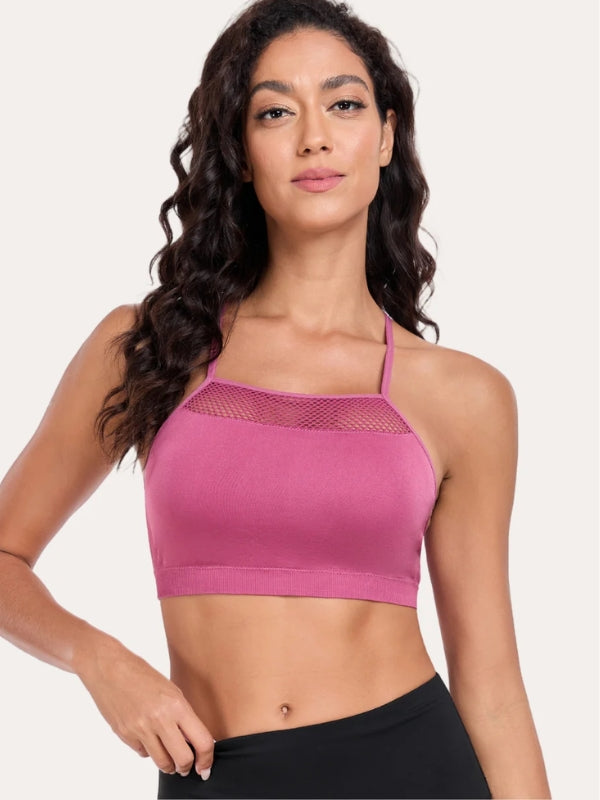
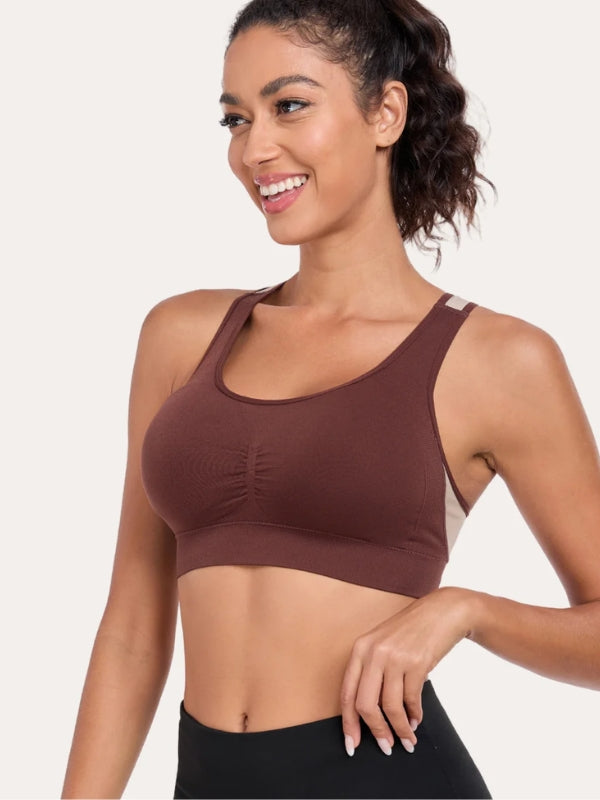
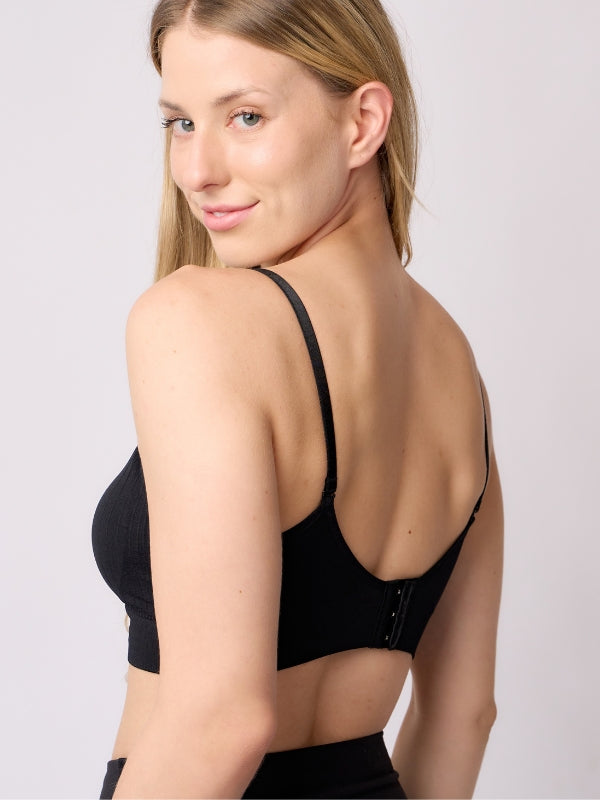
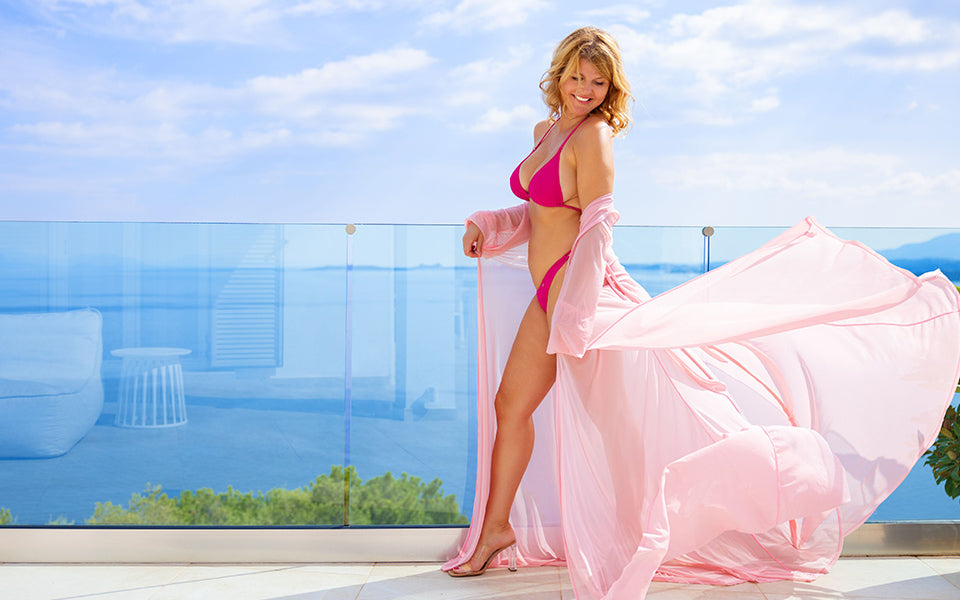
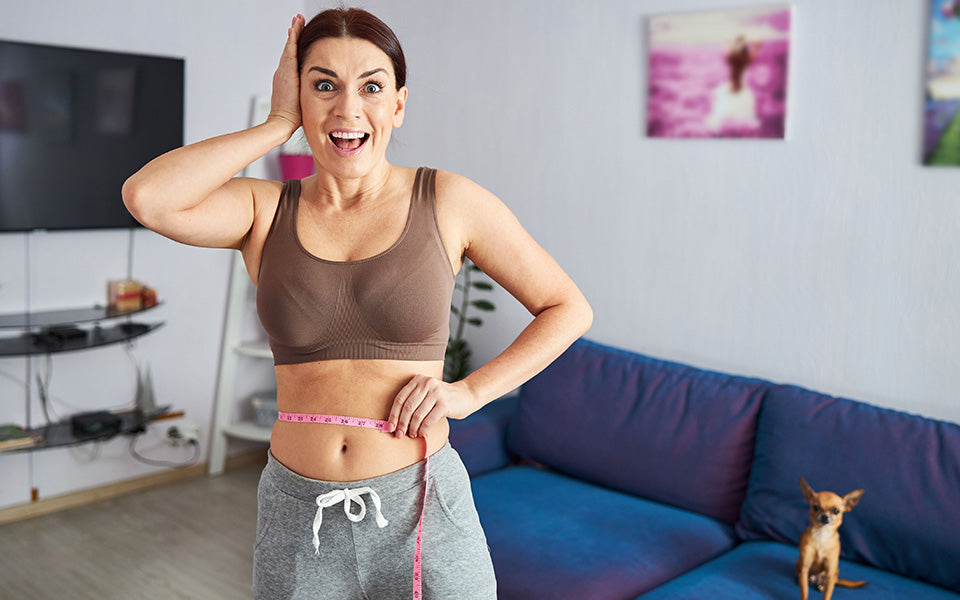
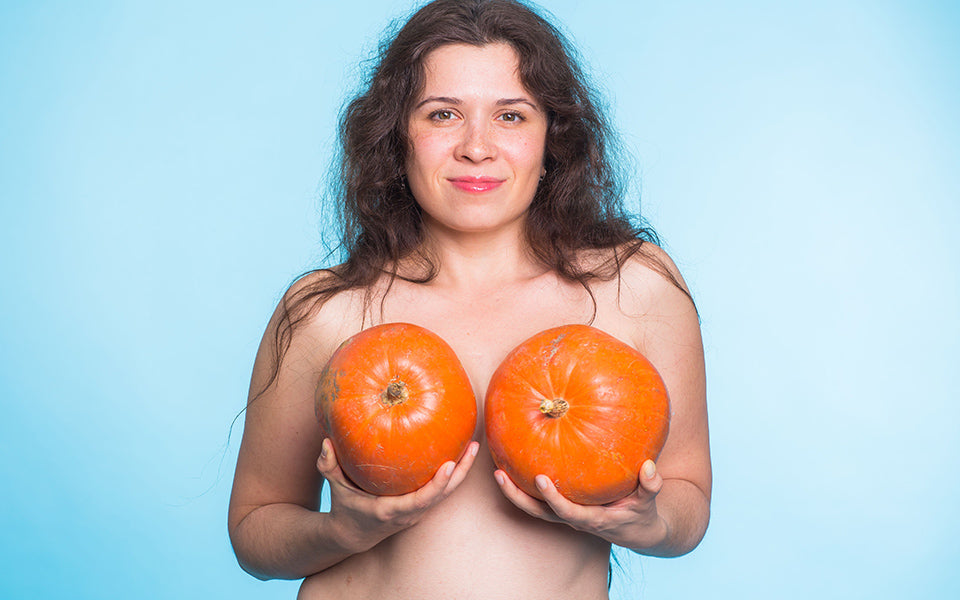
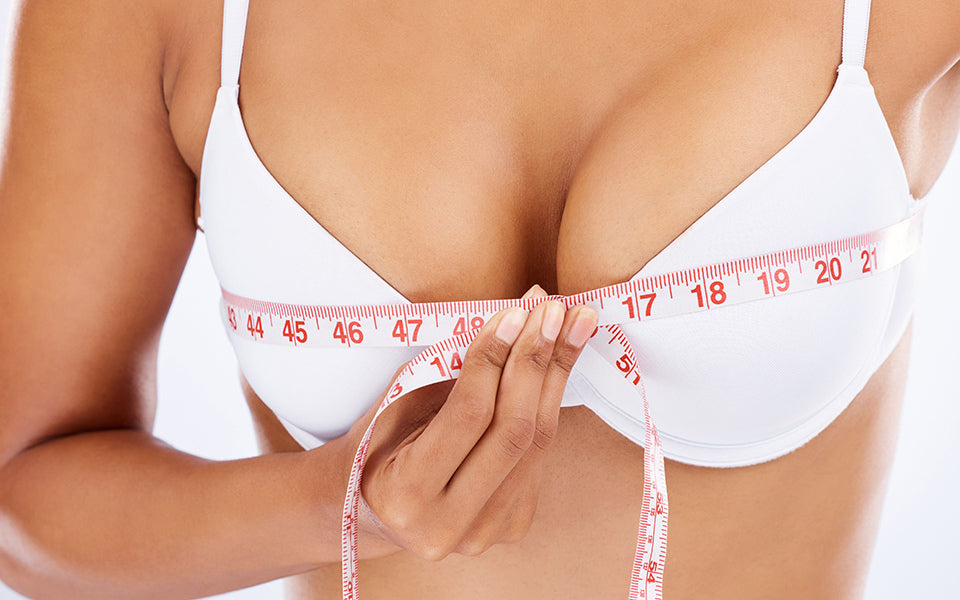
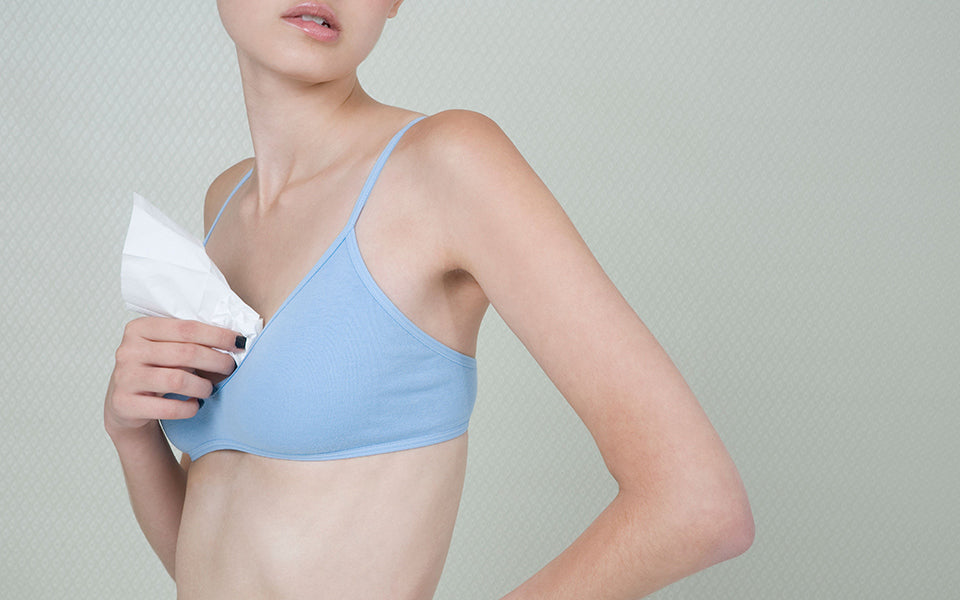
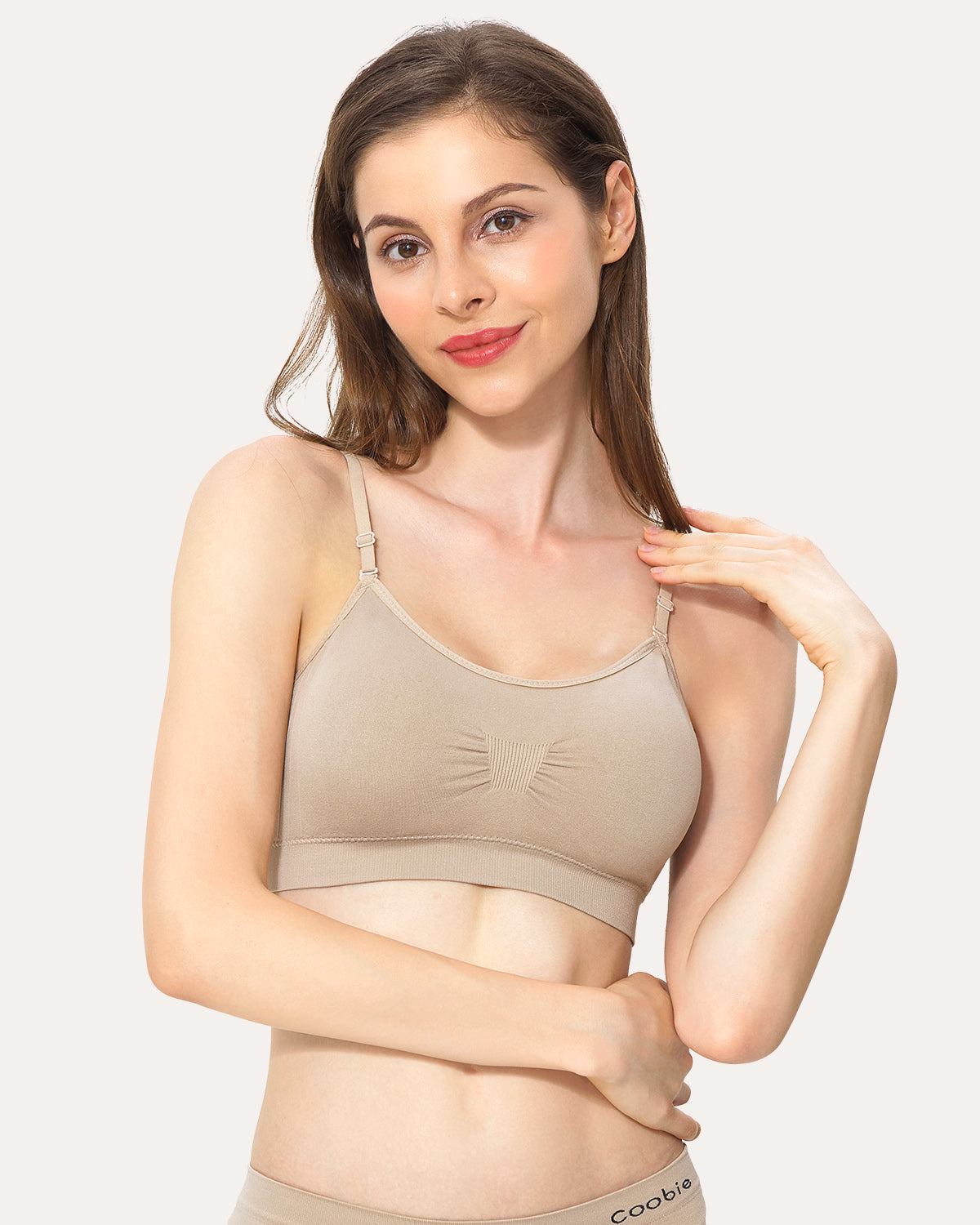
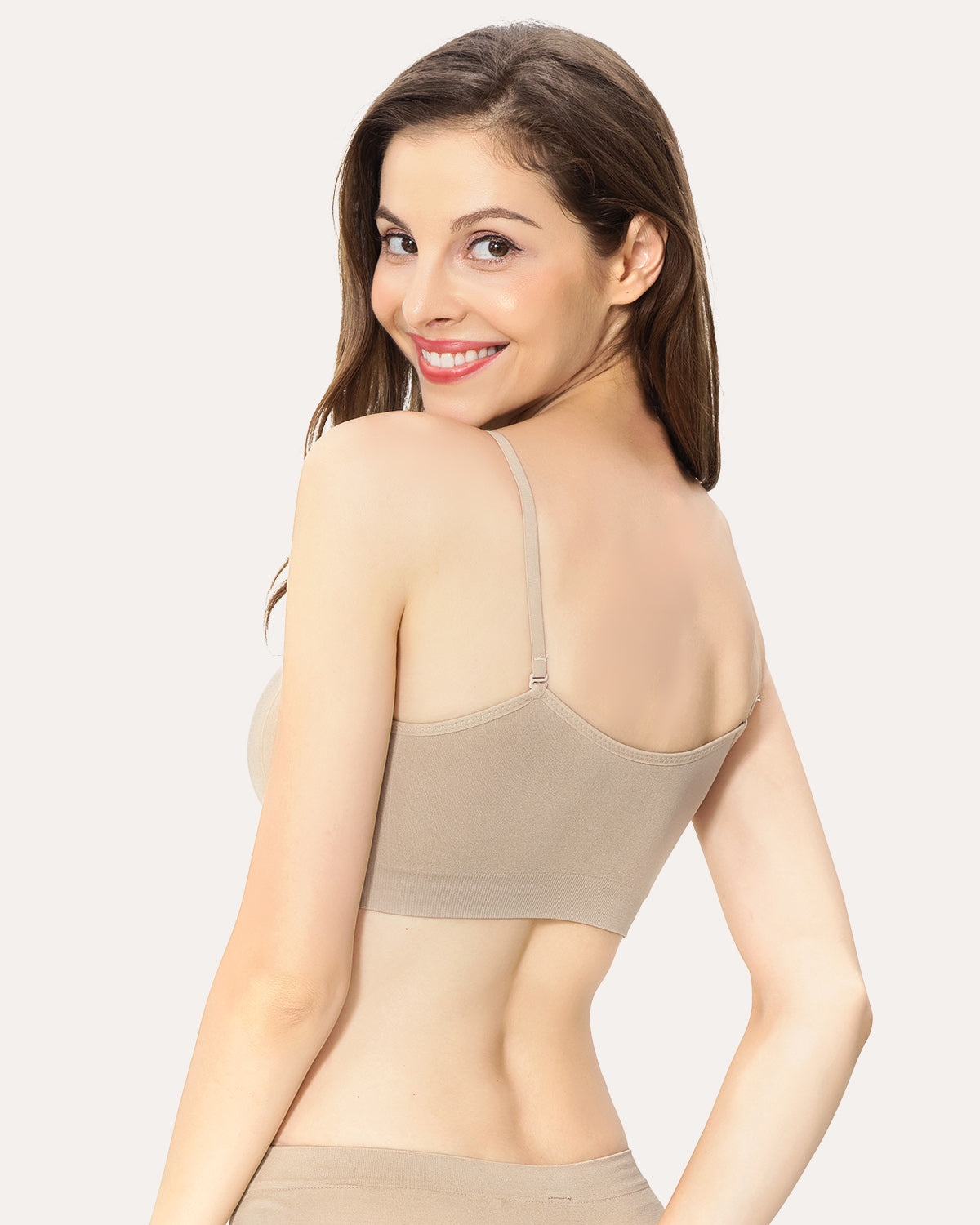
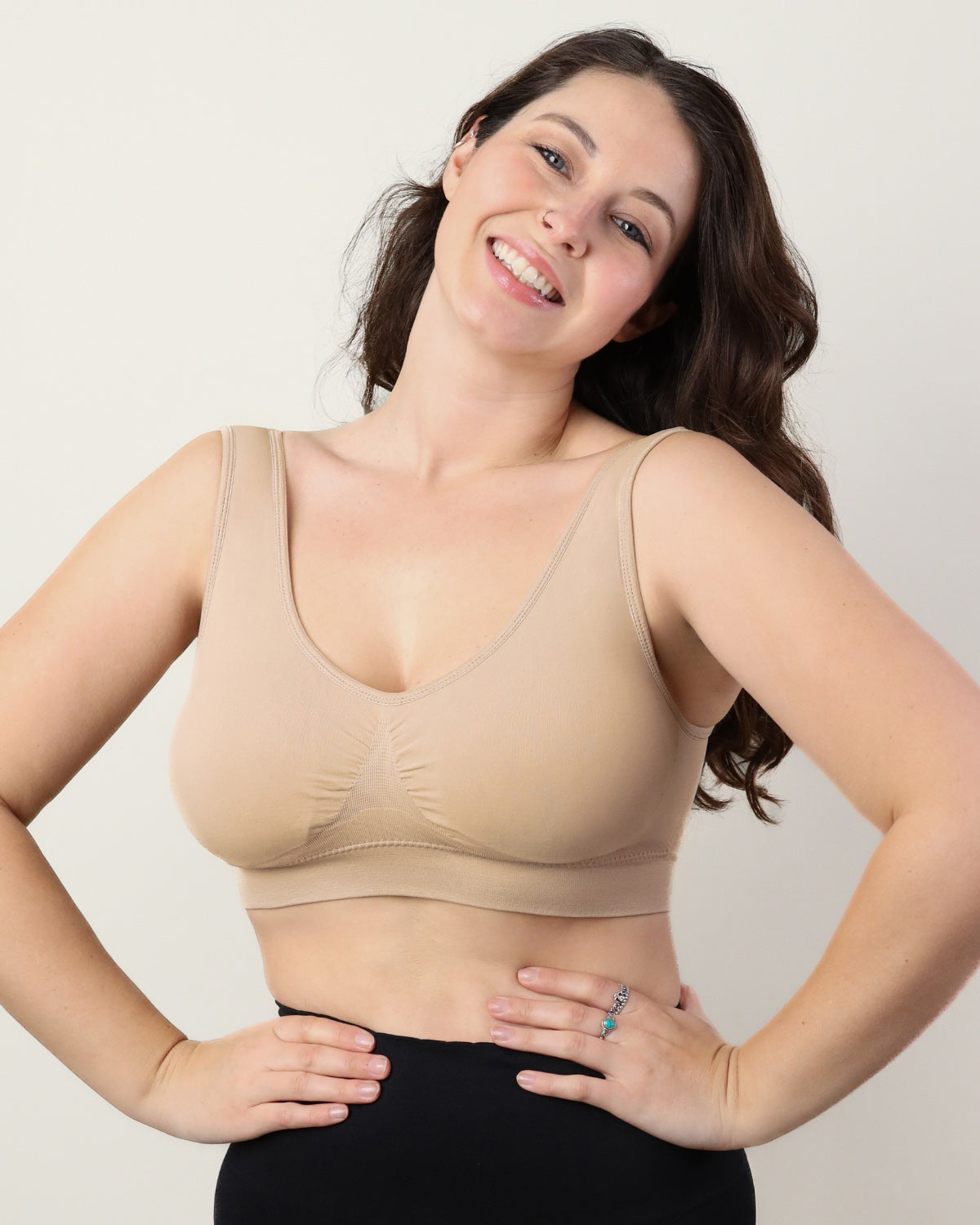

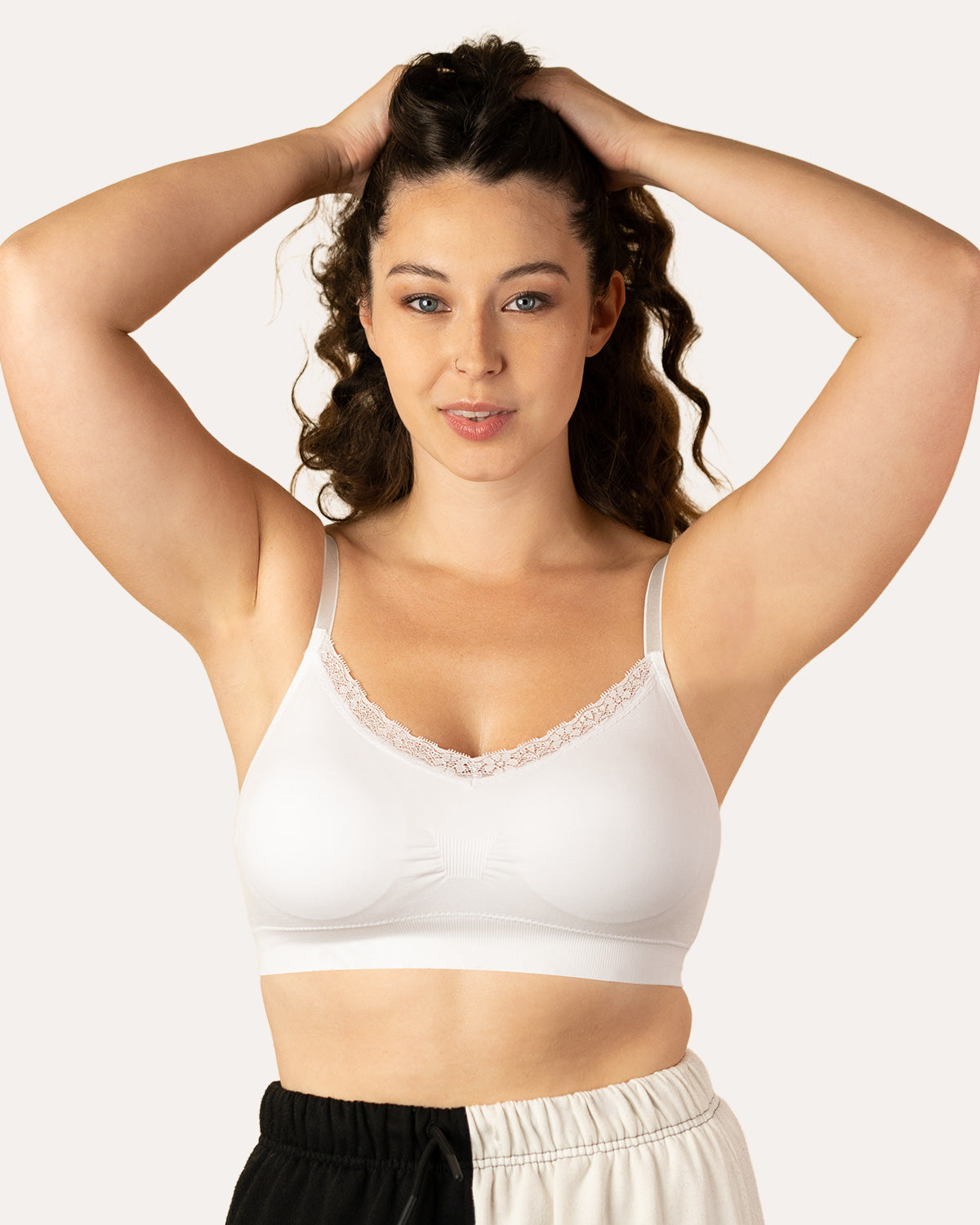
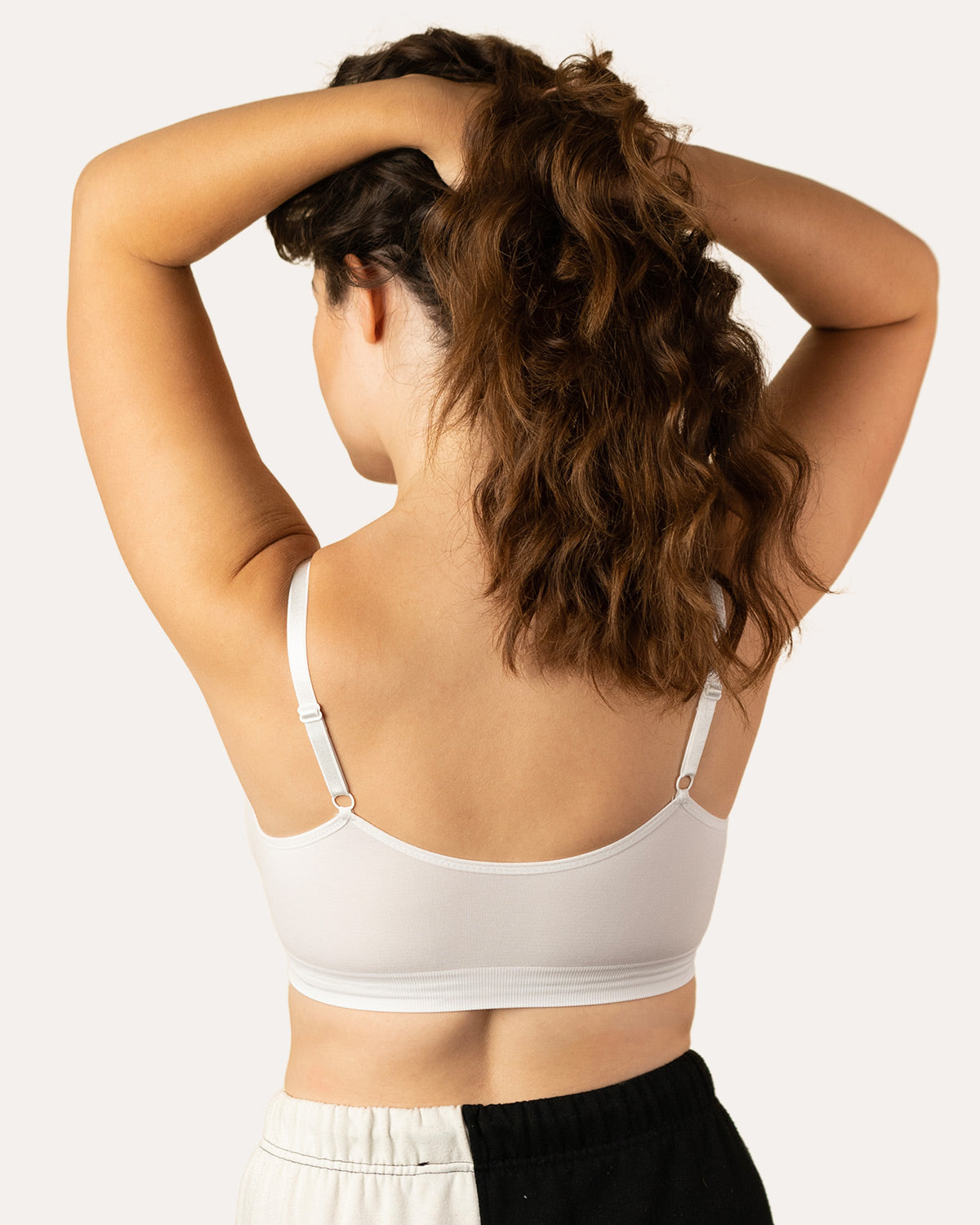
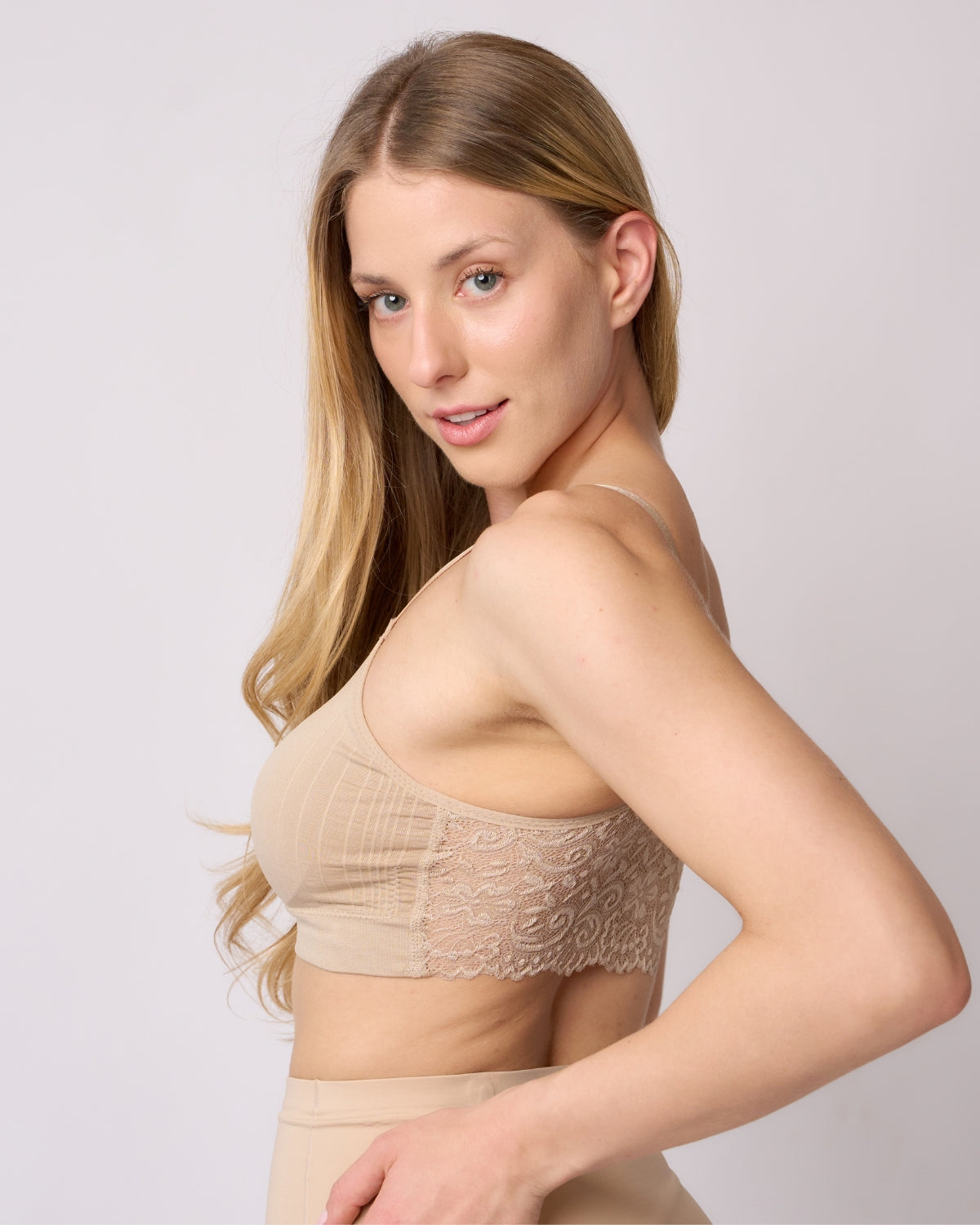
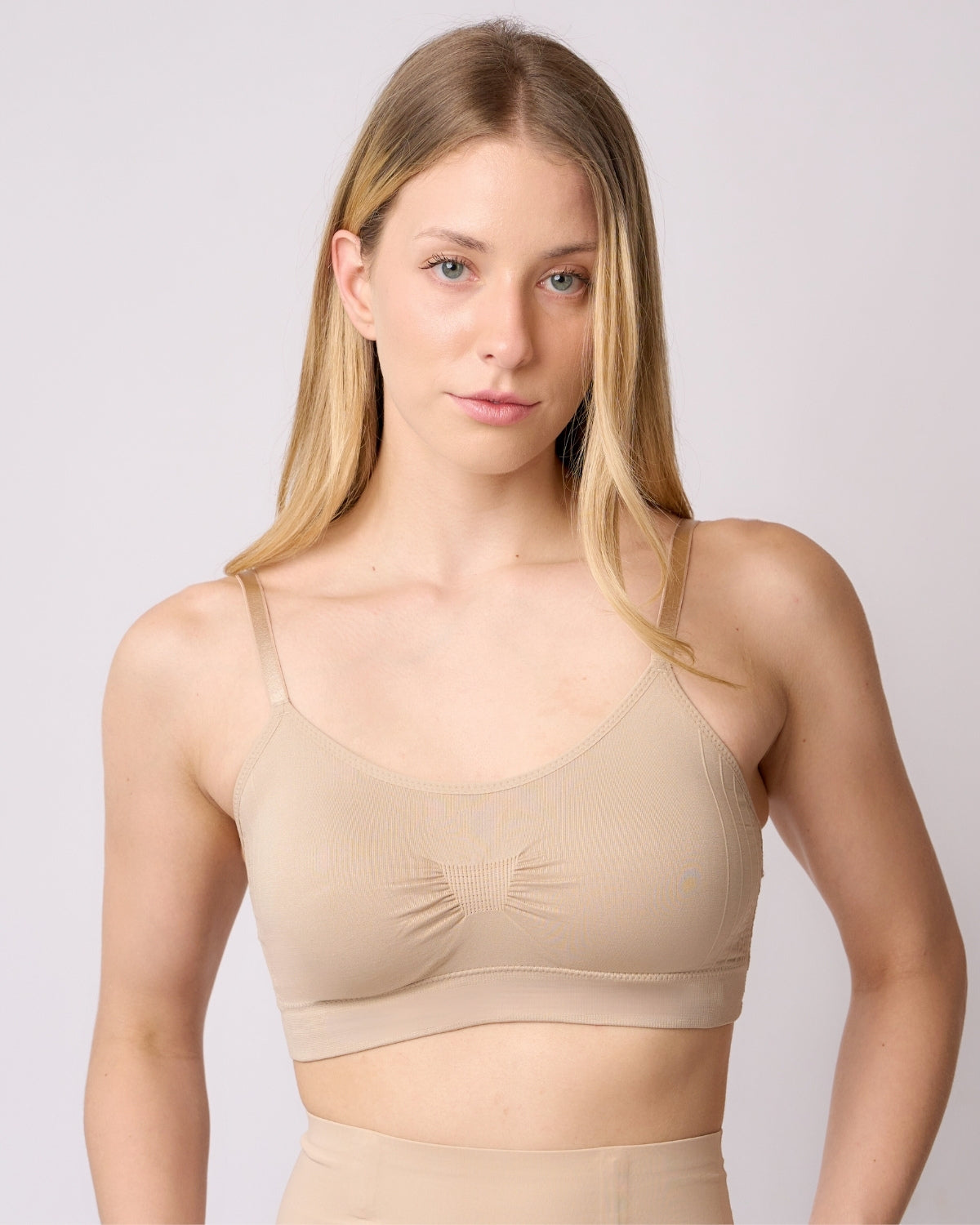
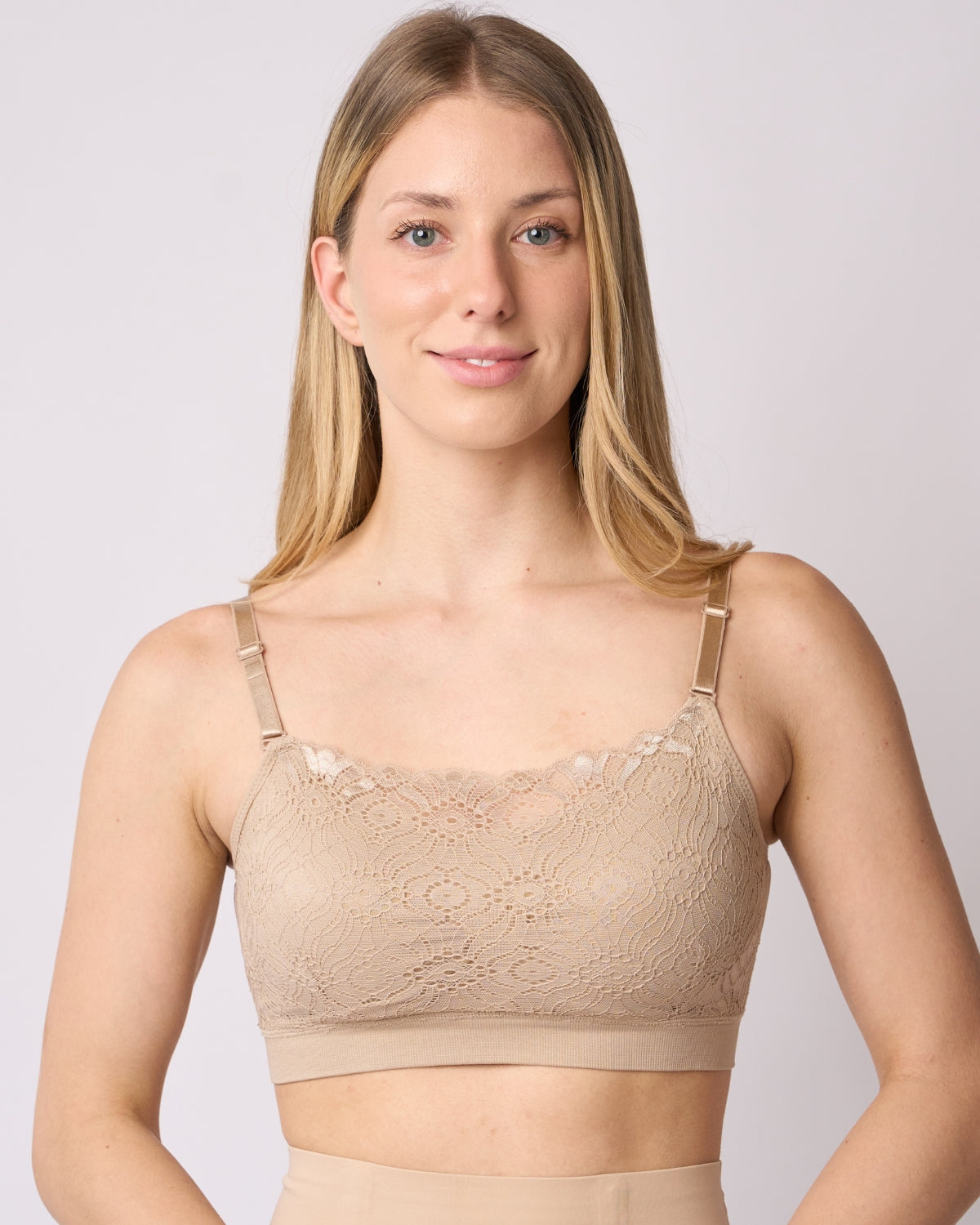
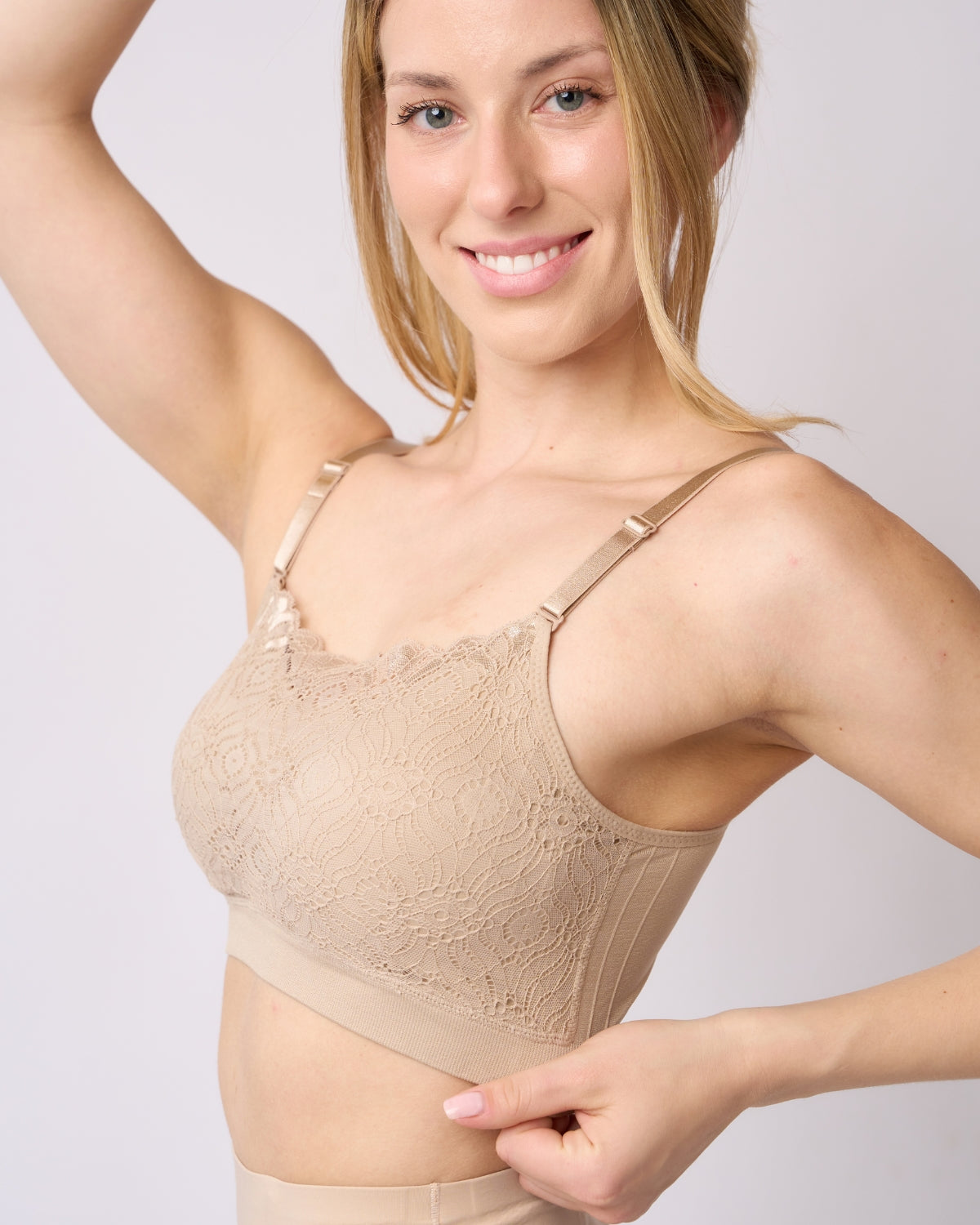
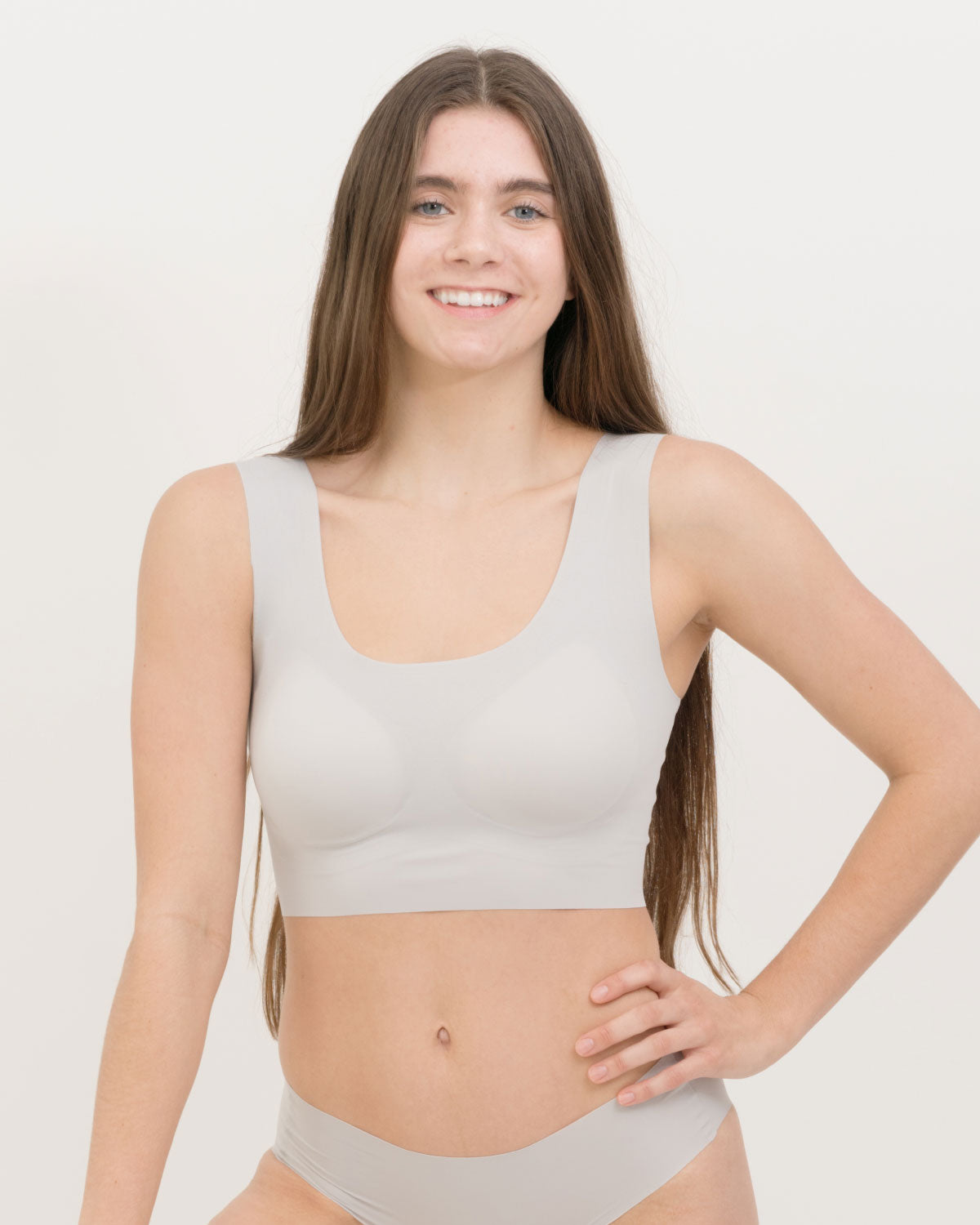
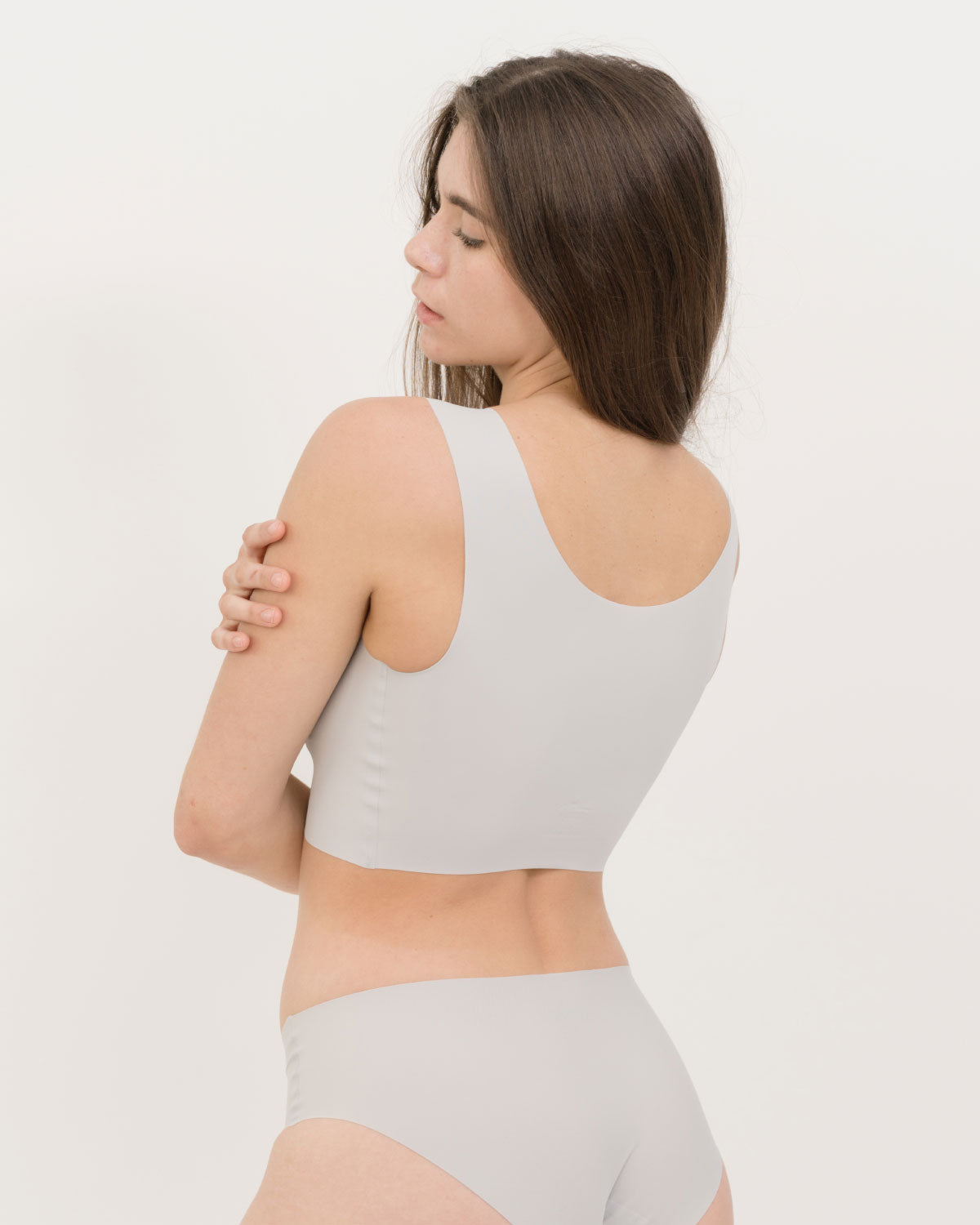
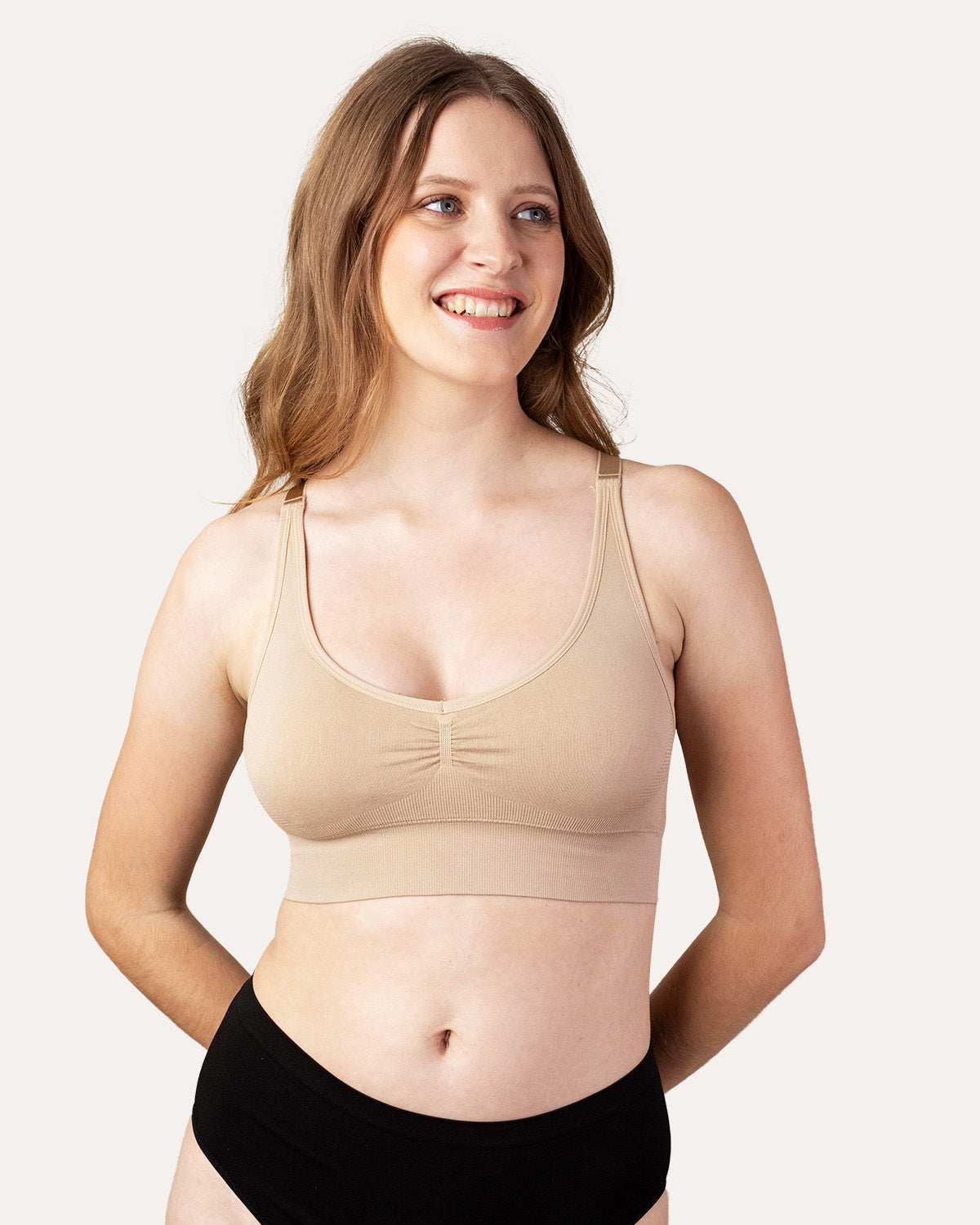
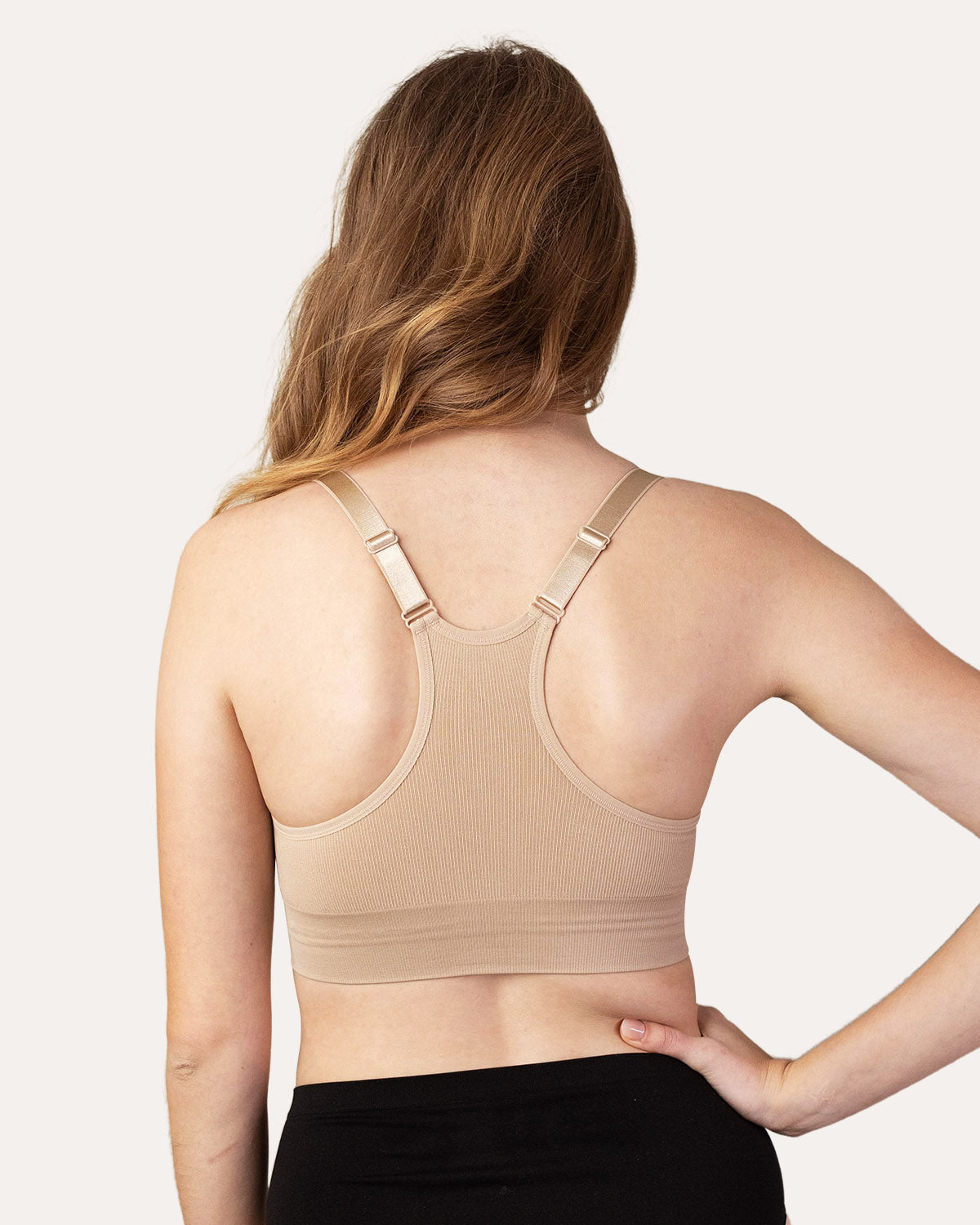
Leave a comment
This site is protected by hCaptcha and the hCaptcha Privacy Policy and Terms of Service apply.